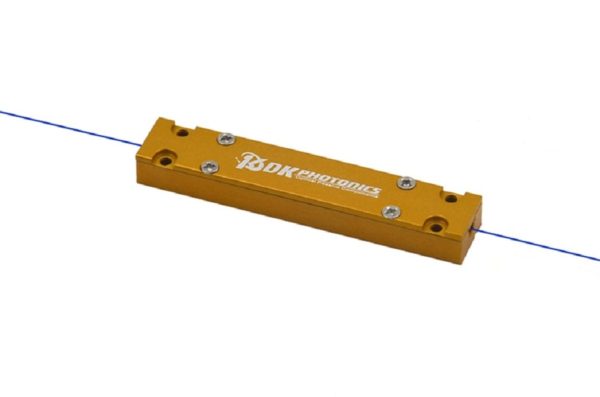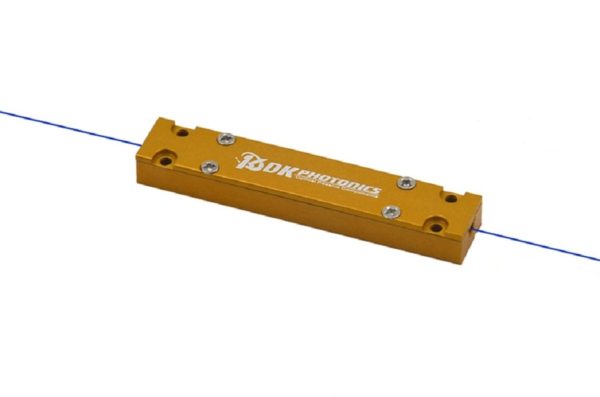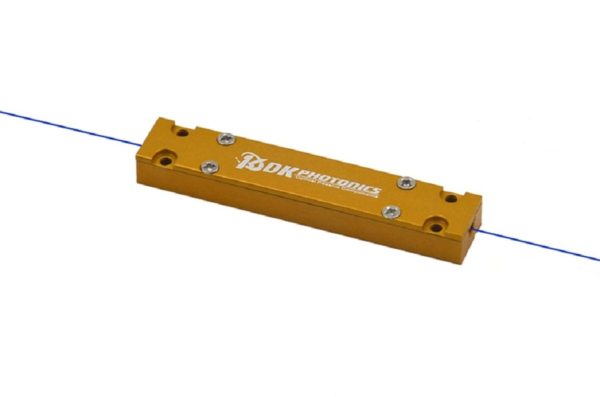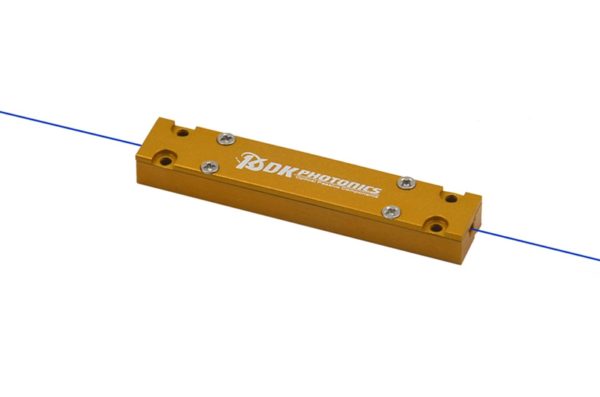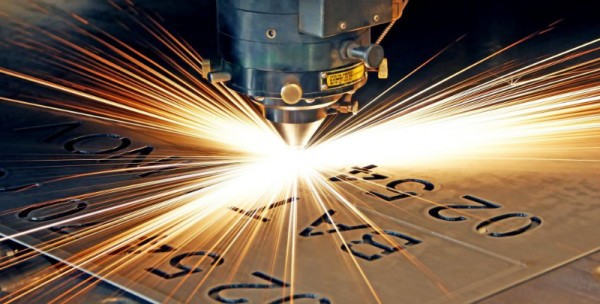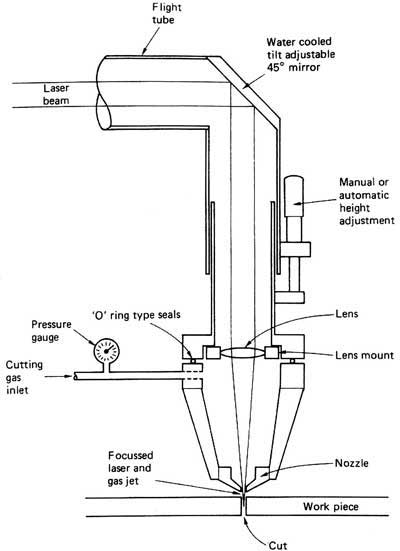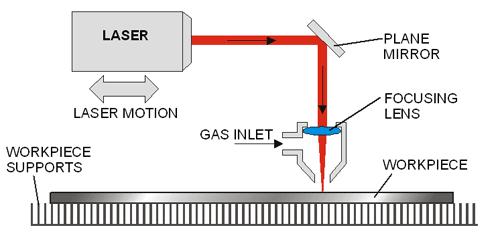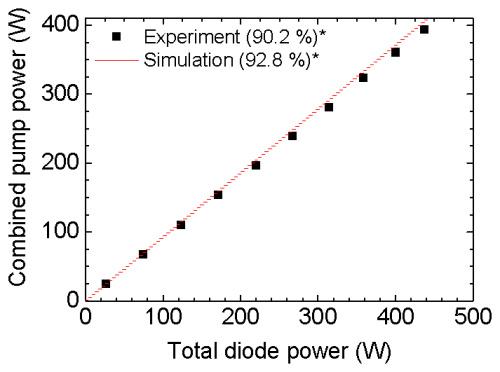Introduction
In the fast-paced world of data communication, fiber optic networks have emerged as the backbone of modern telecommunications. The need for high-speed, reliable, and efficient data transmission has led to the evolution of various technologies within the field of fiber optics. One such innovation that has been gaining significant attention is the use of cladding power strippers. In this article, we will explore the potential of cladding power strippers in fiber optic networks and their impact on signal quality, power management, and overall network performance.
Understanding Fiber Optic Networks
What are Fiber Optic Cables?
Fiber optic cables are made of thin strands of optically pure glass or plastic that can transmit data as pulses of light over long distances. These cables are designed to carry large amounts of information with minimal signal loss, making them ideal for high-speed data transmission.
How Do Fiber Optic Networks Work?
In fiber optic networks, data is transmitted using light signals that travel through the core of the optical fiber. The core is surrounded by a layer called the cladding, which helps contain the light within the core by reflecting it inward due to its lower refractive index. This principle of total internal reflection ensures that the light signals can travel through the fiber without significant loss of signal strength.
The Need for Power Strippers in Fiber Optic Networks
As data demands continue to surge, maintaining signal quality and managing power efficiently become critical aspects of fiber optic network design.
Signal Quality and Interference
Signal degradation can occur due to various factors, including attenuation, dispersion, and external interference. Cladding power strippers offer a potential solution to enhance signal purity and minimize the impact of external noise on the transmitted data.
Power Management in High-Speed Networks
High-speed fiber optic networks require precise power management to ensure optimal performance. Cladding power strippers can play a vital role in balancing power levels and preventing signal distortion or loss.
Introducing Cladding Power Strippers
What are Cladding Power Strippers?
Cladding power strippers are specialized devices designed to remove the cladding of an optical fiber selectively. By stripping the cladding, these devices expose the core, allowing efficient coupling of the optical signal with other optical components.
How Do They Differ from Traditional Power Strippers?
Traditional power strippers remove both the cladding and part of the core, which can lead to higher signal loss. Cladding power strippers, on the other hand, maintain the integrity of the core while removing only the cladding, resulting in reduced signal loss and better overall performance.
Advantages of Cladding Power Strippers
Enhanced Signal Purity
Cladding power strippers enable the isolation of the core, reducing interference and enhancing signal purity. This results in improved data transmission with fewer errors.
Better Power Efficiency
By selectively removing the cladding, these strippers help manage power more efficiently, optimizing the network’s energy consumption and reducing operational costs.
Compatibility with Multiple Wavelengths
Cladding power strippers are designed to accommodate various wavelengths, making them suitable for use in networks with multiple signal channels.
Reduced Signal Loss
With their precise stripping capabilities, these power strippers minimize signal loss, ensuring that data travels through the network with minimal degradation.
Applications of Cladding Power Strippers
Telecommunications
In the telecommunications industry, cladding power strippers find applications in long-distance data transmission, enhancing signal quality in optical communication systems.
Data Centers
Cladding power strippers play a crucial role in data centers, where efficient power management and signal purity are essential for seamless data processing and storage.
Medical Imaging
The medical field benefits from the use of cladding power strippers in optical imaging systems, where signal clarity and accuracy are critical for accurate diagnoses.
Future Prospects and Innovations
Integration with AI and IoT
As AI and IoT technologies continue to advance, integrating cladding power strippers with smart systems can lead to more intelligent and automated network management.
Increasing Bandwidth Demands
The ever-growing demand for higher bandwidths necessitates the continuous development of more efficient optical components like cladding power strippers.
Advances in Manufacturing Techniques
Innovations in manufacturing processes can lead to more cost-effective and scalable cladding power stripper solutions, making them more accessible to a broader range of applications.
Challenges and Limitations
Cost Considerations
The initial investment in cladding power stripper may be higher compared to traditional alternatives, requiring careful cost-benefit analysis.
Standardization and Compatibility Issues
As with any emerging technology, standardization and compatibility across different systems remain challenges that need to be addressed for widespread adoption.
Maintenance and Reliability
Ensuring the long-term reliability of cladding power strippers requires proper maintenance and periodic assessment.
Conclusion
Cladding power strippers hold significant promise in revolutionizing fiber optic networks by improving signal quality, managing power efficiently, and catering to the demands of modern data communication. As technology continues to evolve, these innovative devices are expected to play an increasingly vital role in shaping the future of high-speed, reliable data transmission.
